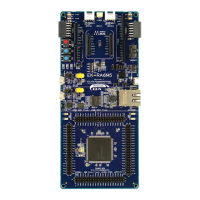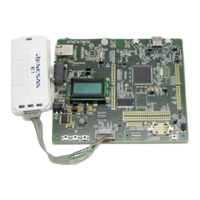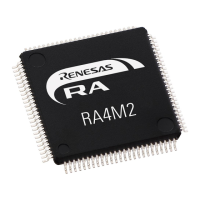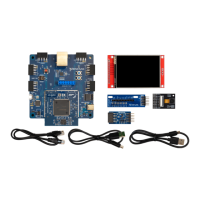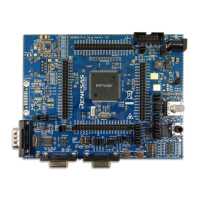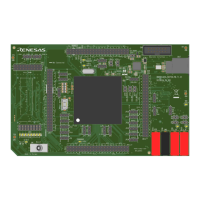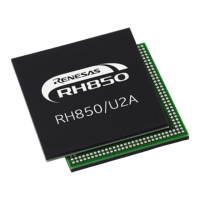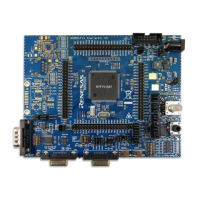of 42
May 10, 2017
2.3.1 One-shot Transmission Procedure
Figure 2-7 shows the one-shot transmission procedure.
【Note】 1. For the TMTRF [1: 0] flag in the TMSTSp register, write "B'00" in channel communication mode or
channel standby mode. Do not write any value other than "B'00".
2. Rewrite the TMIDp register, TMPTRp register, and TMDFb_p register when there is no transmit request in
the corresponding transmit buffer (the TMTRM bit of the TMSTSp register is “0”).
3. Do not write the TMIDP register, TMPTRp register, or TMDFb_p register linked to the transmit/receive
FIFO buffer.
4.. When setting the standard ID for the transmit ID (the TMID [28: 0] bit of the TMIDp register), set the ID in
b10-b0. Set b28-b11 to “0”.
5. This is enabled only when the data is stored in the transmit history buffer (the THLDTE bit of the THLCCm
register is “1”, THLE bit is “1”, and the THLEN bit of the TMIDP register is “1”).
6. Rewrite the TMCp register in channel communication mode or channel standby mode.
7. Set the TMCp register that satisfies the following conditions to "H'00".
Transmit buffer linked to the transmit/receive FIFO buffer
Transmit buffer assigned to the transmit queue
8. A transmit request can be set (the TMTR bit of the TMCp register is set to “1”) when there is no transmit
request (the TMTRF [1: 0] flag in the TMSTSp register is “B’00”).
9. Even if the transmission fails, the retransmission specified in the CAN protocol is not performed.
10. Enable one-shot transmission (the TMOM bit of the TMCp register “1”) when there is no transmission
request in the transmit buffer (the TMTRM bit of the TMSTSp register is “0”).
1
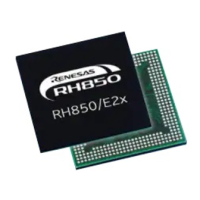
